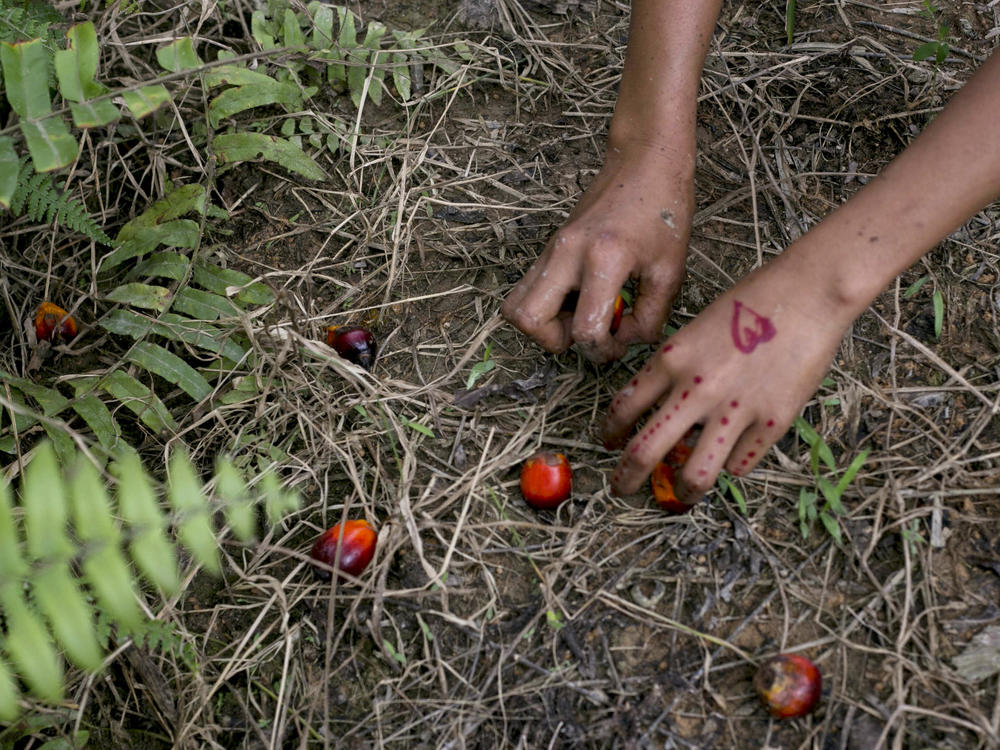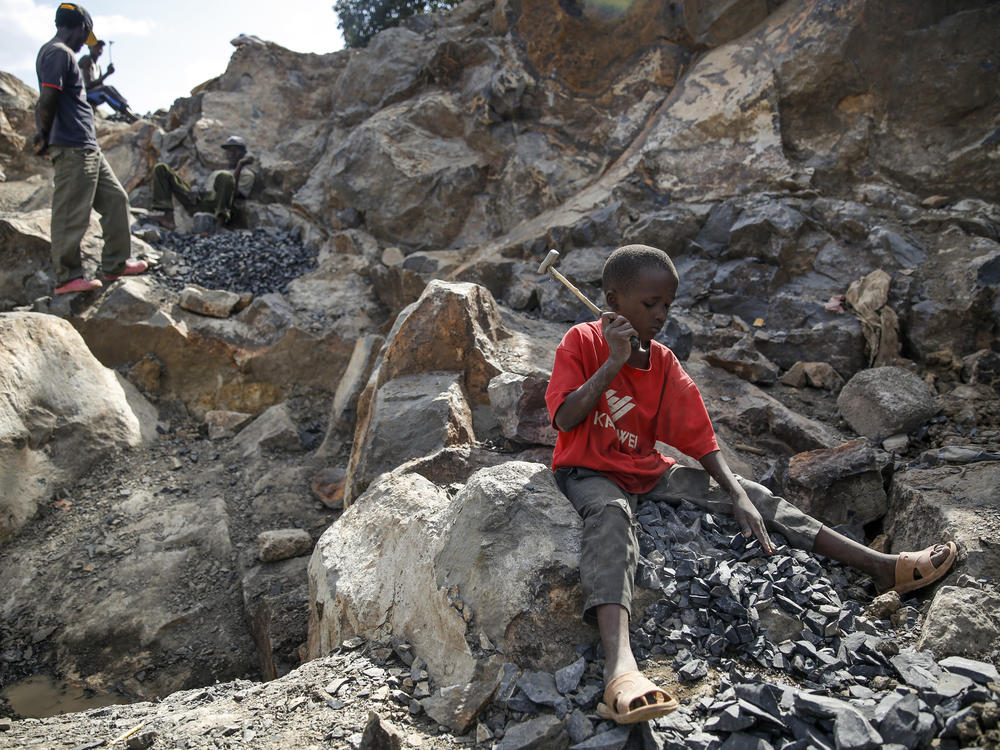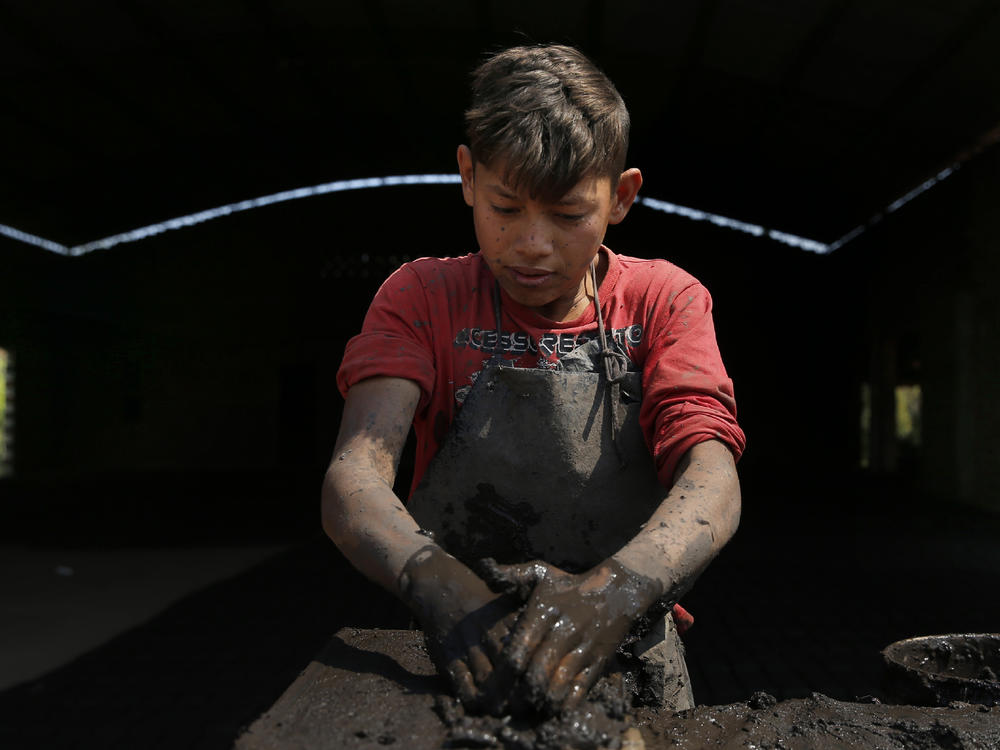Section Branding
Header Content
Child Labor Surges For The First Time In 20 Years. The Pandemic May Make That Worse.
Primary Content
In 2020, the world marked a rise in child labor for the first time in two decades. Additionally, with the coronavirus pandemic upending economies and closing schools, the United Nations believes by 2022, the problem will get much worse.
An estimated 160 million children were involved in child labor around the world at the beginning of 2020--an increase of 8.4 million in four years, according to a new report by the UN and the International Labour Organization (ILO). About half of those children were involved in hazardous work, like mining and farm work, that directly endangered their health and safety.
Children between the ages of five to 11 now account for just over half of the total global figure.
"The new estimates are a wake-up call. We cannot stand by while a new generation of children is put at risk," ILO Director-General Guy Ryder said in a statement.
COVID-19 has already been linked to children working longer hours or under worsening conditions because of job and income losses among vulnerable families. But by the end of 2022, nine million additional young people could be pushed into child labor because of the pandemic, the report says.
A simulation model, relying on pandemic-driven factors like a struggling economy, shows this number could rise to 46 million if they don't have access to critical social services, according to the UN and ILO.
Ryder called for "renewed commitment and energy to turn the corner and break the cycle of poverty and child labour."
He said policies that allow children to stay in school even in the midst of economic hardship, increased investment in rural development, and decent agricultural work are key to turning the tide.
The level of child labor is worse in sub-Saharan Africa
Despite the global picture, child labor in Asia, the Pacific, Latin America, and the Caribbean continues to trend downward thanks to more investments in education and child protection services.
But progress in sub-Saharan Africa has proved elusive due to high levels of poverty and HIV/AIDs, and conflict in the region, according to the report.
This region has more children in child labor than in the rest of the world combined, with 86.6 million young people aged five to 17, involved in child labor.
In sub-Saharan Africa, four out of every five children work in agriculture. This type of work exposes them to pesticides and other chemicals, extreme temperatures, and dangerous tools and machinery.
In the rest of the world, the agricultural sector accounts for the largest share of child labor at 70%. Another 19.7% work in services, like domestic work and transportation, and 10.3% work in industry, including mining, construction, and manufacturing.
Comparatively, in Europe and Northern America, just 3.8 million young people are involved in child labor.
More boys than girls are in child labor
If children live in rural areas, they are far more likely to be involved in child labor than their counterparts who live in urban areas. Minors living in rural areas are three times more likely to be working than those who live in cities.
The child's gender also plays a factor in whether they work and what type of industry they are involved in. Young girls are more likely to be involved in domestic work and services, than mining or construction, the report says.
About 34 million boys are involved in child labor compared to girls, according to the report. The gender gap grows with age, and boys are roughly twice as likely as girls to be in child labor in the 15 to 17 age range.
Copyright 2021 NPR. To see more, visit https://www.npr.org.



